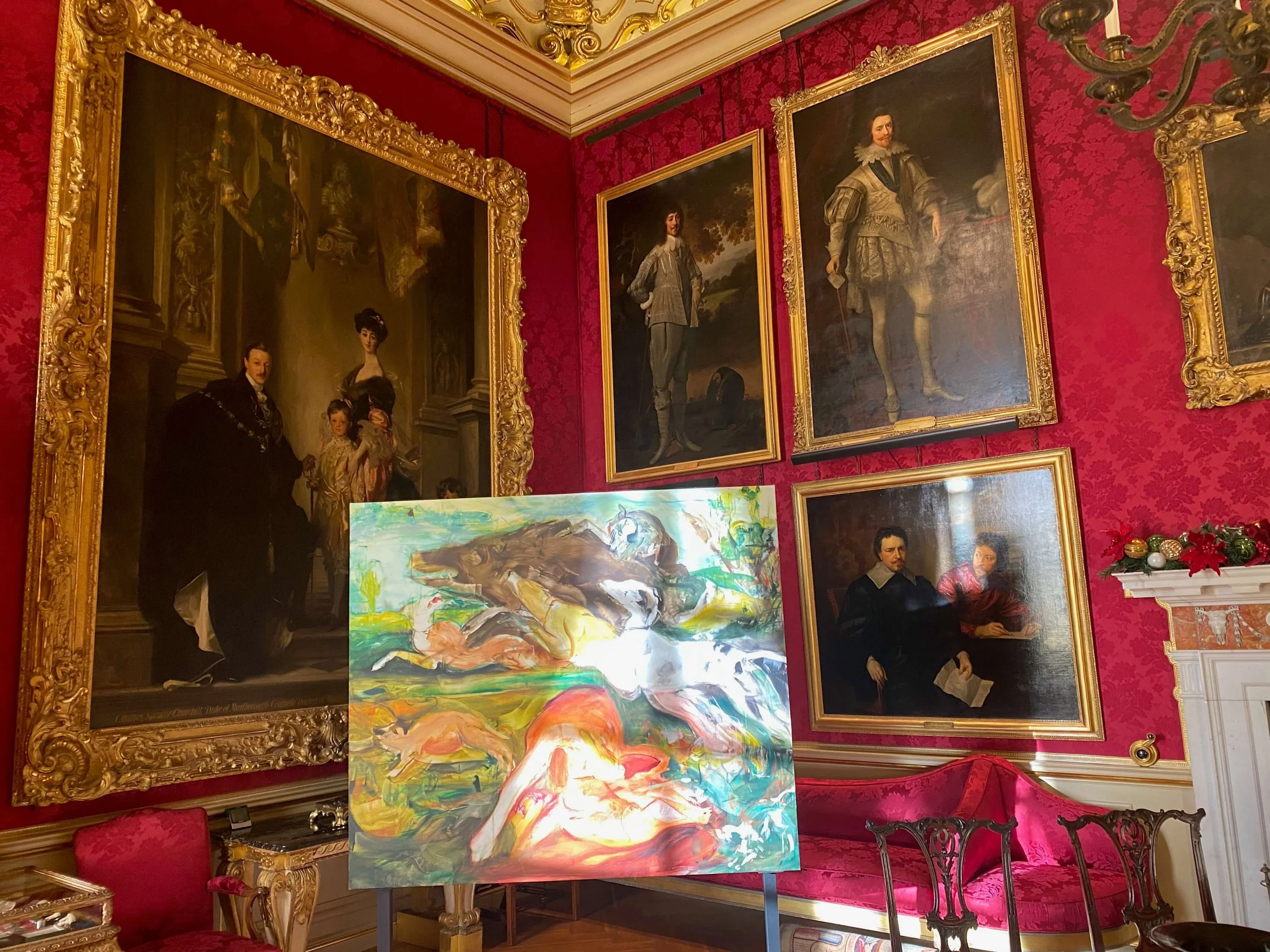The hunting of Joshua Reynolds’ parrot
Research for
‘In 1773 the successful portrait artist Joshua Reynolds painted the aristocratically maternal Lady Cockburn and her three young sons using the methods he preached in his lectures as first president of the Royal Academy.
Study the old masters, Reynolds instructed his students, for “the works of those who have stood the test of ages, have a claim to … respect and veneration to which no modern can pretend”.
In his portrait of Cockburn and her boys Reynolds practised what he preached. He structured his composition with quotations from masterpieces by Van Dyck and Velázquez. Yet Reynolds thought the picture still needed something – so he added a portrait of his huge pet parrot to its classical setting.
Nowadays Reynolds’ parrot is by far the most engaging part of this picture, which hangs in the National Gallery. The flamboyant red, blue and yellow bird lives in a way Cockburn does not.
If only Reynolds had followed his eccentric whims more often. If only he had painted parrots instead of posh people, and done so spontaneously instead of eruditely, he might be an artist the modern world could love.’ Jonathon Jones, The Guardian, 9 March 2015.
I wonder though was this macaw really just an allegory for his sitter’s Caribbean wealth?
Hunting imagery. Hunting with hounds, hound painting at Paxton. Cecily Brown’s reworking of the Frans Snyders. The hunting of the Maroons with dogs in the islands of the Caribbean.




